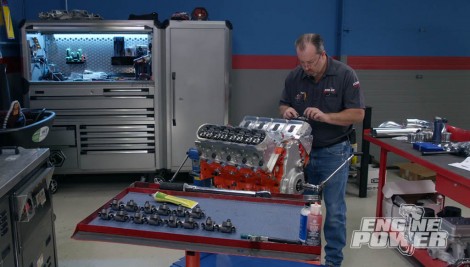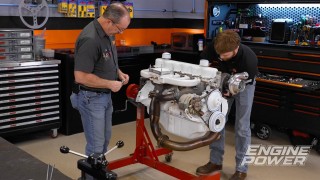Engine Power Featured Projects
Engine Power Builds
Want more content like this?
Join the PowerNation Email NewsletterParts Used In This Episode
ARP
Ultra Torque Lube
ATI Performance Products
Superdamper
Holley
650 CFM Classic Holley Carburetor
Holley
Dual Plane Manifold
Holley
Holley Mid-Rise Intake - GM LS3
Holley
Q-Series Carburetor 950CFM Black Diamond
Holley
Sniper Nitrous Oxide Kit
Late Model Engines
GM LS7 CNC Ported Heads
Late Model Engines
LME Billet Intake LS7
Late Model Engines
LS Billet Valve Covers
Matco Tools
1/2" Drive Torque and Angle Meter
Matco Tools
MATCO Tools are the Official Tool Supplier to PowerNation
The Industrial Depot
Tools, Hardware, Shop Supplies
VHT
VHT Wrinkle Plus Coatings










































